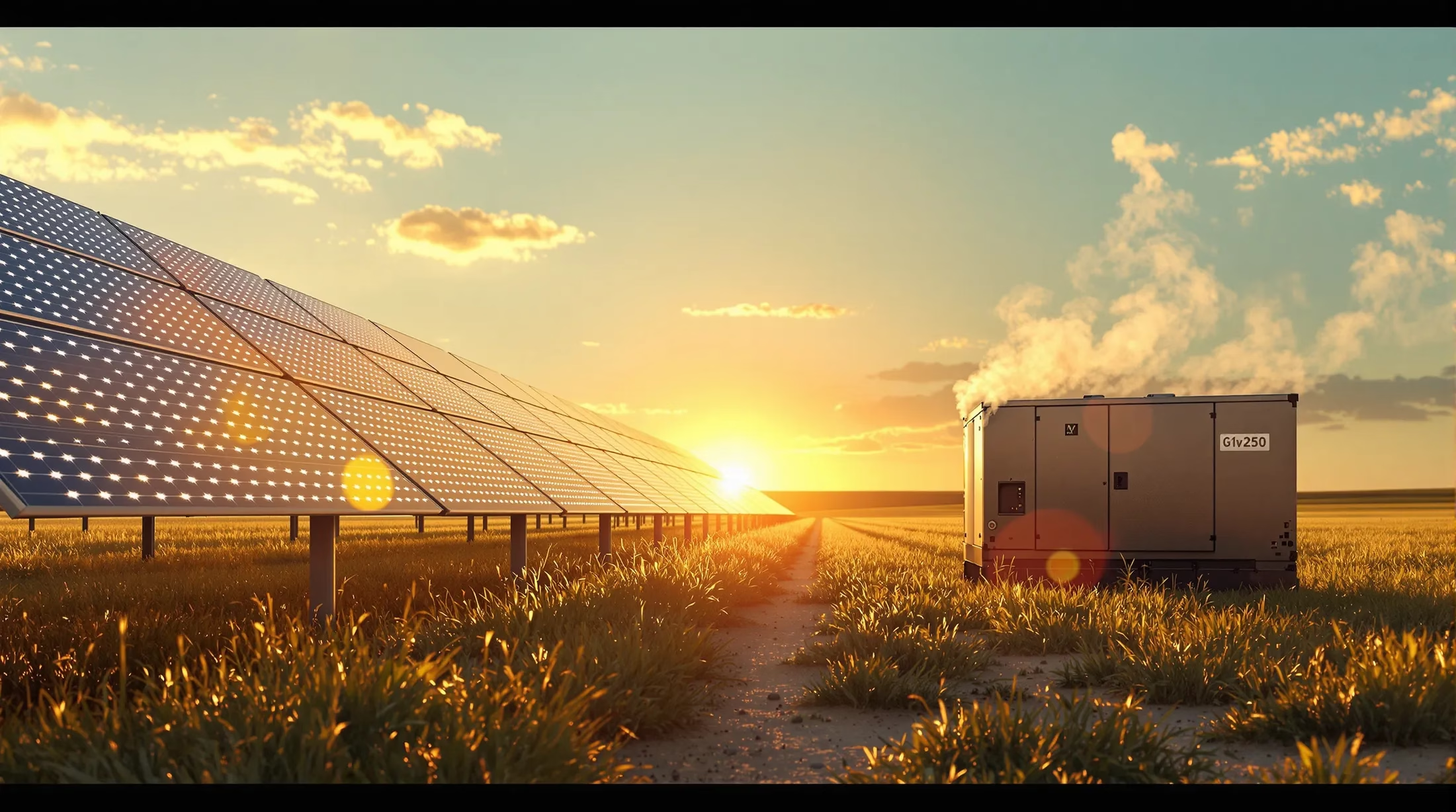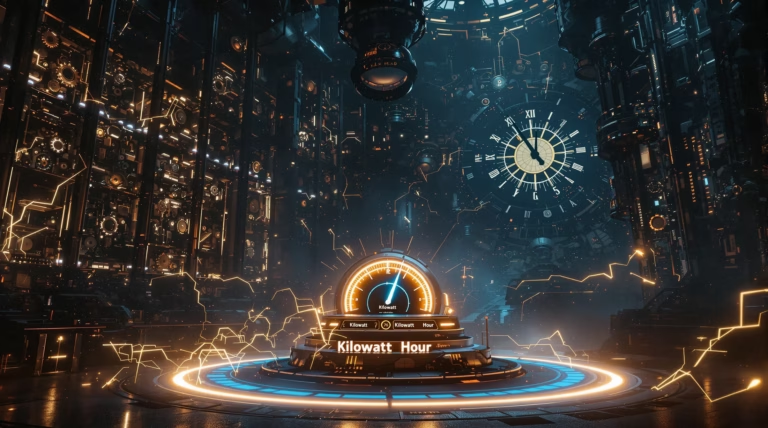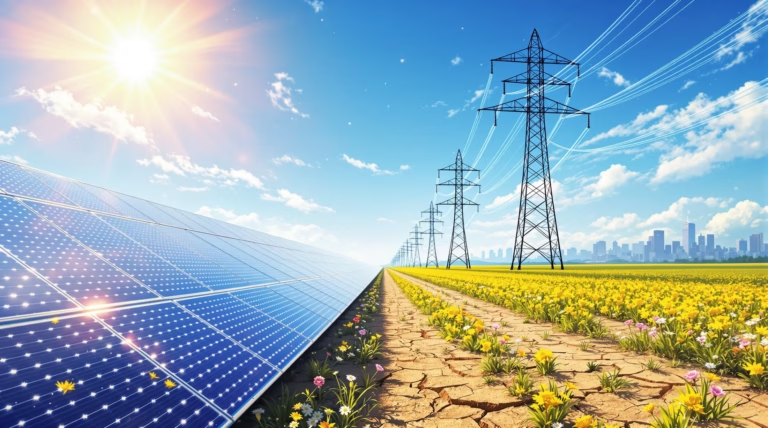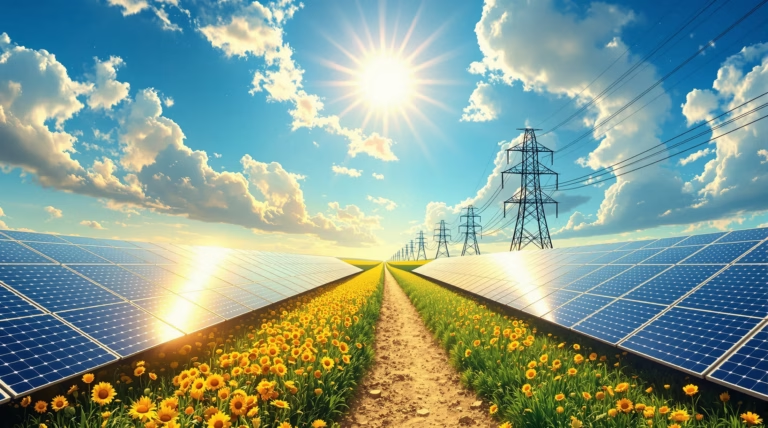Solar Panels vs Generator for Home: Which is the Best Choice?
Making an informed decision about your home’s power backup system is crucial for ensuring reliable energy supply and potential cost savings. Let’s explore the key differences between solar panels and generators to help you make the best choice for your specific needs.
Understanding Solar Panels and Generators for Home Use
When it comes to powering your home, especially during outages or as part of a sustainable energy plan, two main options stand out: solar panels and generators. Each solution offers unique benefits and serves different energy needs for homeowners. The choice between them—or potentially combining both—depends on your specific requirements, budget, and long-term energy goals.
While solar panels harness renewable energy from the sun to provide sustainable power, generators offer immediate electricity during outages using various fuel sources. Understanding the fundamental differences between these two technologies is crucial for making an informed decision about your home’s energy solutions.
What are Solar Panels?
Solar panels are devices that convert sunlight directly into electricity using photovoltaic cells. These systems capture solar energy and transform it into usable power for your home. Typically installed on rooftops or ground-mounted arrays, solar panels provide a renewable energy solution that can significantly reduce or even eliminate your dependence on grid electricity.
- Include panels, inverter, and optional battery storage
- Increase property value by 3-4%
- Provide protection against rising utility costs
- Available in various types including traditional rooftop and specialized solar generators
How Do Generators Work?
Generators produce electricity by converting mechanical energy into electrical energy. Traditional home generators typically use fuels like gasoline, propane, natural gas, or diesel to power an engine that drives an alternator, creating electrical output.
- Provide immediate power regardless of weather conditions
- Available in portable and whole-house standby options
- Offer flexible fuel source options
- Require minimal setup compared to solar installations
- Provide reliable emergency power without environmental dependencies
Comparing Costs: Solar Panels vs Generators
The financial commitment varies significantly between these two options. While generators typically require a smaller initial investment, solar panels offer potential long-term savings through reduced utility bills and various incentive programs.
Initial Investment and Installation Costs
| System Type | Initial Cost Range | Installation Cost |
|---|---|---|
| Solar Panels | $15,000 – $30,000 | Included in system cost |
| Whole-house Generator | $2,000 – $10,000 | $2,000 – $5,000 |
| Portable Generator | $500 – $2,500 | Minimal/DIY |
Long-term Savings and Maintenance
- Solar Panels:
- Annual maintenance cost: $300-$500
- Lifespan: 25-30 years
- ROI period: 7-10 years
- No fuel costs
- Generators:
- Daily fuel costs: $30-$70 during operation
- Annual maintenance: $200-$500
- Lifespan: 10-15 years
- Regular maintenance every 100-200 operating hours
Environmental Impact: Solar Panels vs Generators
The environmental implications of your home energy choice are becoming increasingly important in today’s climate-conscious world. Solar panels and generators represent two fundamentally different approaches to power generation, with vastly different ecological footprints. Understanding these differences can help homeowners align their energy decisions with their environmental values.
While generators provide reliable on-demand power, they typically rely on fossil fuels that contribute to greenhouse gas emissions and air pollution. Solar panels, conversely, harness renewable energy from the sun, producing clean electricity without harmful emissions during operation. This stark contrast in environmental impact has become a significant factor for many homeowners when weighing their options.
Carbon Footprint and Emissions
- Traditional generators emit approximately 1.6 kg of CO2 per kilowatt-hour of electricity produced
- Generators release harmful pollutants including nitrogen oxides (NOx), sulfur dioxide, and particulate matter
- During extended outages, whole-house generators produce emissions equivalent to multiple vehicles running continuously
- Solar panels produce zero direct emissions during operation
- Solar panel carbon footprint is typically offset within 1-3 years of operation
The International Energy Agency reported that solar and wind energy usage in the United States alone resulted in a reduction of 20 million tons of CO2 emissions. For environmentally conscious homeowners, this dramatic difference in emissions makes solar panels the superior choice despite their higher initial investment.
Sustainability and Renewable Energy
| Aspect | Solar Panels | Generators |
|---|---|---|
| Energy Source | Renewable (sunlight) | Non-renewable (fossil fuels) |
| Resource Availability | Unlimited | Limited and depleting |
| Long-term Sustainability | High | Low |
| Energy Independence | Yes | Depends on fuel availability |
Many homeowners are now adopting hybrid approaches—using solar panels as their primary power source while maintaining a smaller generator for emergency backup. This combination provides reliable energy access while minimizing environmental impact. The growing popularity of solar installations, particularly in sunbelt states like California and Texas, reflects an increasing prioritization of sustainability alongside reliability in home energy planning.
Making the Right Choice for Your Home
Selecting between solar panels and generators represents a significant decision for homeowners seeking reliable energy solutions. Both options serve different purposes and come with distinct advantages that cater to specific needs. The right choice ultimately depends on your unique circumstances, including your location, budget, environmental priorities, and energy requirements.
Many homeowners are discovering that hybrid systems, combining solar panels for daily energy production with generators for emergency backup, offer an optimal solution. This balanced approach delivers both the long-term sustainability and cost benefits of solar energy while maintaining reliable generator power during outages or adverse weather conditions.
Factors to Consider
- Primary Goal – daily energy cost reduction, emergency backup power, or both
- Geographic Location – sunshine availability and frequency of power outages
- Property Characteristics – roof space, southern exposure, natural gas line access
- Budget Constraints – immediate vs. long-term investment capacity
- Environmental Values – carbon footprint reduction priorities
- Energy Requirements – critical systems and daily consumption patterns
Conclusion: Solar Panels or Generator?
| Solution | Best For | Key Benefits |
|---|---|---|
| Solar Panels | Long-term homeowners | Utility savings, property value increase, minimal maintenance |
| Generators | Emergency backup | Immediate power, weather-independent operation |
| Hybrid System | Comprehensive coverage | Maximum benefits, minimal limitations |
For most homeowners, solar panels emerge as the superior long-term solution, offering substantial utility savings and increased property values. However, generators remain unmatched for immediate, reliable emergency power. The hybrid approach – combining solar panels with battery storage and a smaller backup generator – often provides the most comprehensive energy security solution, maximizing benefits while minimizing limitations of each technology.







